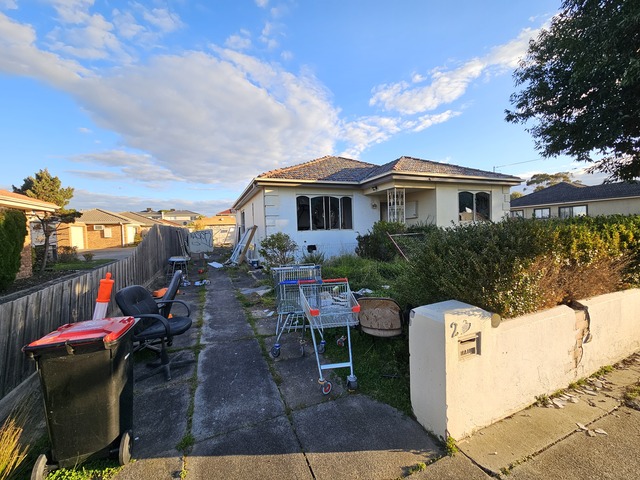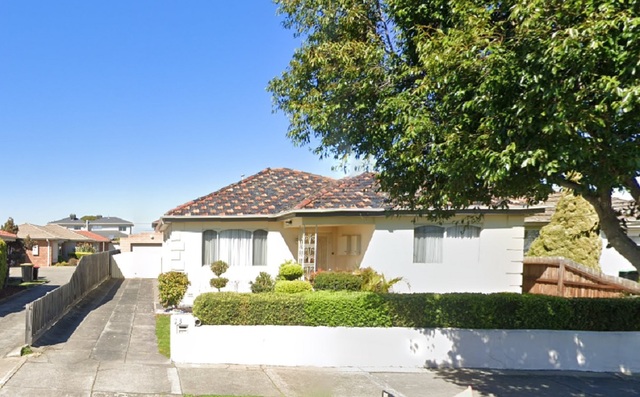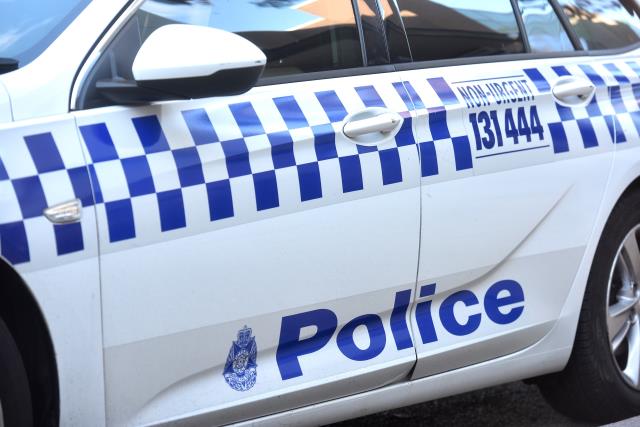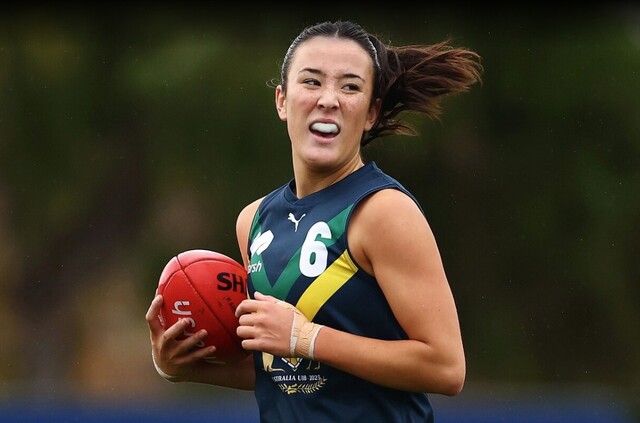In the midst of a housing crisis, more than 60 vacated properties occupied by squatters have been investigated by Greater Dandenong Council in the past two years.
At 23 Sheales Street, Dandenong a once-impeccable house has become a disheveled eyesore, with smashed windows and graffiti tags.
The former topiary garden is overgrown and strewn with shopping trolleys, furniture and garbage.
A permit for a four-dwelling redevelopment had been issued by the council in early 2021. Recently the developer applied for a permit extension on the dormant site.
An empty block next door has similarly become an unofficial garbage tip, says Cleeland Ward councillor Angela Long.
That block has an approved permit for two new dwellings.
As for the “wreck of a house”, Cr Long says the council is “chasing the owner of the property but can’t get hold of them.”
Cr Long said the vacant properties were becoming more common in Greater Dandenong – considered the state’s homeless hotspot.
“Considering there is a housing crisis, it would be more valuable to be let out to tenants even in the short term.”
A neighbour Allan Bassett says the house has been vacant for at least a year, but for squatters and visiting drug-users.
Last week, he brought food to a couple of squatters who told him they’d got kicked out of their previous accommodation.
He says temporary fencing had been recently installed, only to be torn down.
“I was talking to the owner last year and she said it was going to be demolished.
“The site is an eyesore and the council are telling me that they are actively working with the new owners.
“But nothing changes here.”
In July, there are 34 residents sleeping rough on the Launch Housing By Name List.
In the past year, another 22 have moved into permanent, stable housing as part of the Launch Housing ‘Zero Dandenong’ project.
Greater Dandenong is the state’s No.1 for homelessness, with more than 2300, according to Australian Bureau Statistics in 2021. That includes sleeping rough, couch surfing, living in boarding homes, caravan parks and severely crowded homes.
Meanwhile, councillor Rhonda Garad – who will be contesting Cleeland Ward in the October elections – called for an audit of vacant homes to help people in housing stress.
Also there should be creative solutions like ‘tiny homes’ or modular housing in backyards.
“It’s very obvious with the numbers of people on the streets, humanitarian refugees not able to get SRSS support visibly begging at traffic lights.
“There are also growing numbers of the ‘working poor’ sleeping in cars – particularly single mothers with children.
“Or the only places they can afford are not liveable, with issues like broken windows and mould.”
Cr Garad called out the State Government “furphy” that the housing crisis was being fueled by councils not approving developments on time. Rather, permits weren’t being acted upon due to a lack of builders and high building costs, she said.
As part of the State Government’s Big Housing Build, 79 social-housing homes have been built in Greater Dandenong with four underway. There was little social housing stock on the horizon, Cr Garad said.
Adding to the homeless crisis, people were flocking to Dandenong because they were priced out of other areas, she said.
“It puts Dandenong in one of the worst positions. It’s going to be a homelessness hotspot.”
Greater Dandenong Council’s community strengthening director Peta Gillies said the council was undertaking “appropriate enforcement activities” at 23 Sheales Street.
The council had hired contractors to clean the front of the property.
“We can resolve these matters in several ways, including by issuing enforceable clean up orders.
“Our approach is tailored to each situation and the response from the property owner, while always considering the safety of our residents.
“In some instances a case may result in legal proceedings. When legal proceedings are underway we are unable to make further comment.”
Over the past two years, the council has investigated 64 reported squat houses.
The council’s approach is to resolve the issue with the owners, including to secure, occupy or demolish the property.
“We have successfully resolved issues with 57 of these 64 properties and continue to undertake appropriate enforcement activities in the ongoing cases,” Gillies said.








